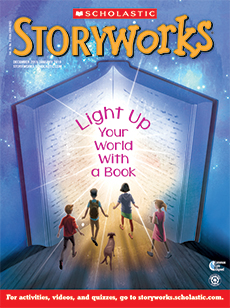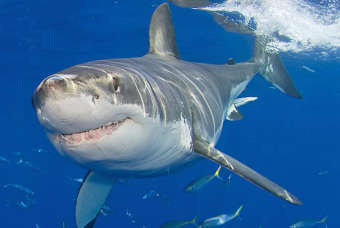Journey
Topic: People and Places
Maps
1
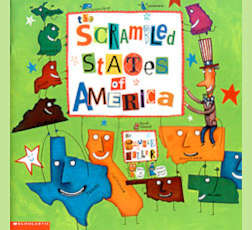
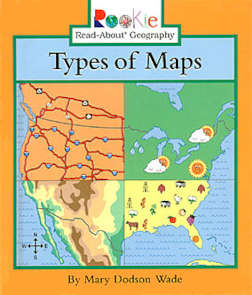
Watch the Story
The Scrambled States of America by Laurie Keller
Read the Book
Types of Maps by Mary Dodson Wade
2
A Map Can Tell You That!
From the zoo to the moon, maps tell you where things are!Lesson Activities
3
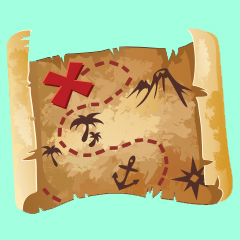
Drawing Activity
Make a Treasure Map!
Materials: paper, crayons or markers, and “treasure”
Materials: paper, crayons or markers, and “treasure”
The first, crucial step of this activity is to choose what the treasure is . . . and where to hide it!
Then your child will hide the treasure. It can be hidden somewhere in your home or in your yard.
Finally, they will draw a map that shows where the treasure is “buried.” They can draw where things are in relation to the buried treasure.
Tip on making the map: Include a map key. What symbol stands for the treasure? An X to mark the spot? A treasure chest? You can put other symbols in the key. Here are some examples:
A rectangle to stand for a door, bed, or table
A triangle to stand for a tree
A flower to stand for a flower bush
A square to stand for a TV
A drawing of your cat to stand for its litter box
A drawing of your child to stand for their bedroom
Once the map is finished, your child can ask you, their siblings, or their friends to follow the map to the treasure. Happy hunting!
Actividad de dibujar
¡Haz un mapa del tesoro!
Materiales: papel, crayones o marcadores y un “tesoro”
Materiales: papel, crayones o marcadores y un “tesoro”
El primer paso, y también el más importante de esta actividad, es escoger el tesoro y... ¡dónde esconderlo!
Entonces, tu niño esconderá el tesoro. Puede esconderlo en cualquier lugar de la casa o el jardín.
Por último, dibujará un mapa que muestre dónde está “enterrado” el tesoro. Puede dibujar dónde están las cosas con relación al tesoro escondido.
Consejos para hacer el mapa: Hagan una clave para el mapa. ¿Qué símbolo representa al tesoro? ¿Habrá una X para marcar el lugar donde está escondido? ¿Un cofre del tesoro? Pueden poner otros símbolos en la clave. Estos son algunos ejemplos:
Rectángulos para representar las puertas, camas o mesas
Triángulos para representar los árboles
Flores para representar los jardines
Cuadrados para representar los televisores
Un gato para representar la caja de arena del gato
Un dibujo del niño para representar su habitación
Una vez el mapa esté terminado, el niño puede pedirte a ti, sus hermanos o amigos que sigan el mapa para encontrar el tesoro. ¡Feliz búsqueda!
